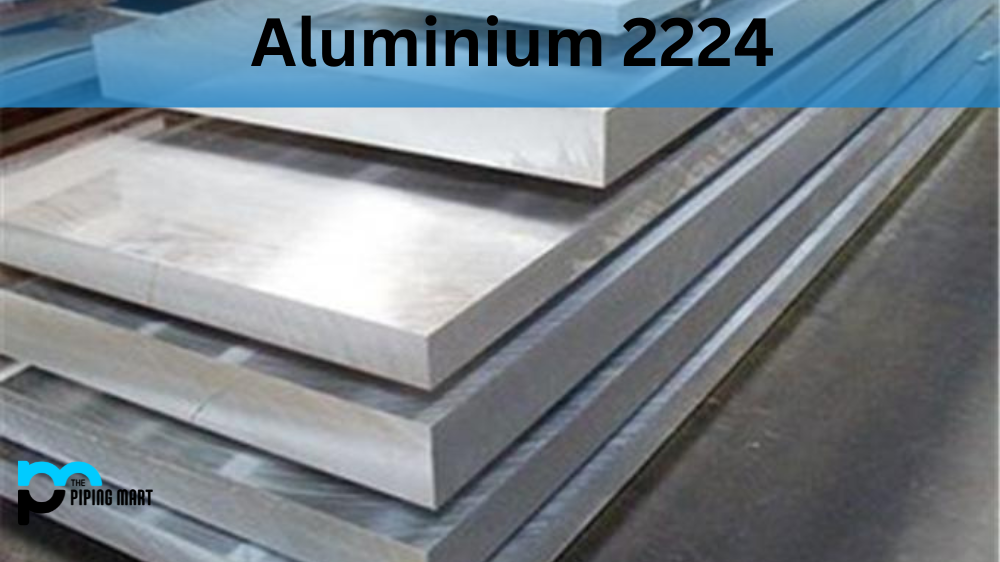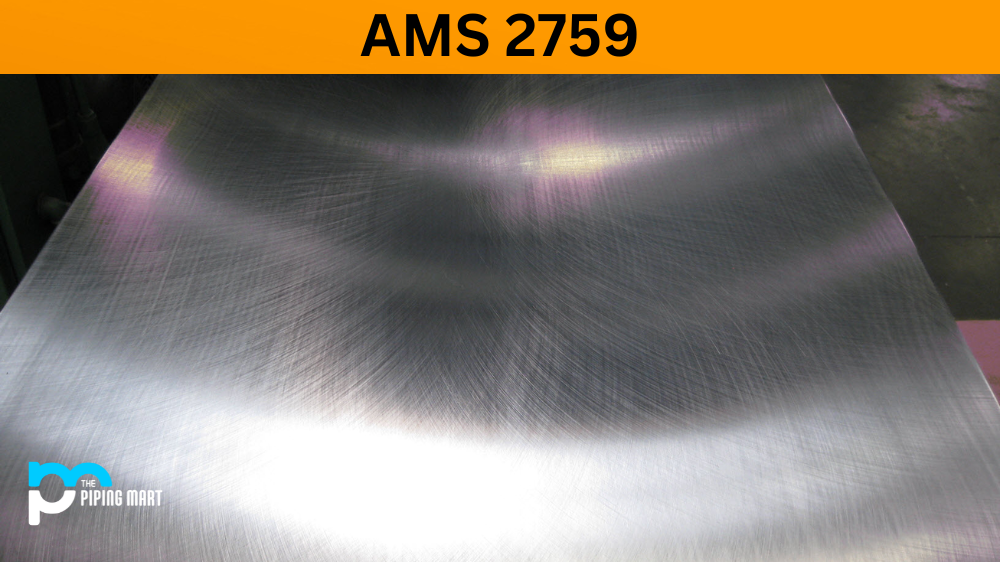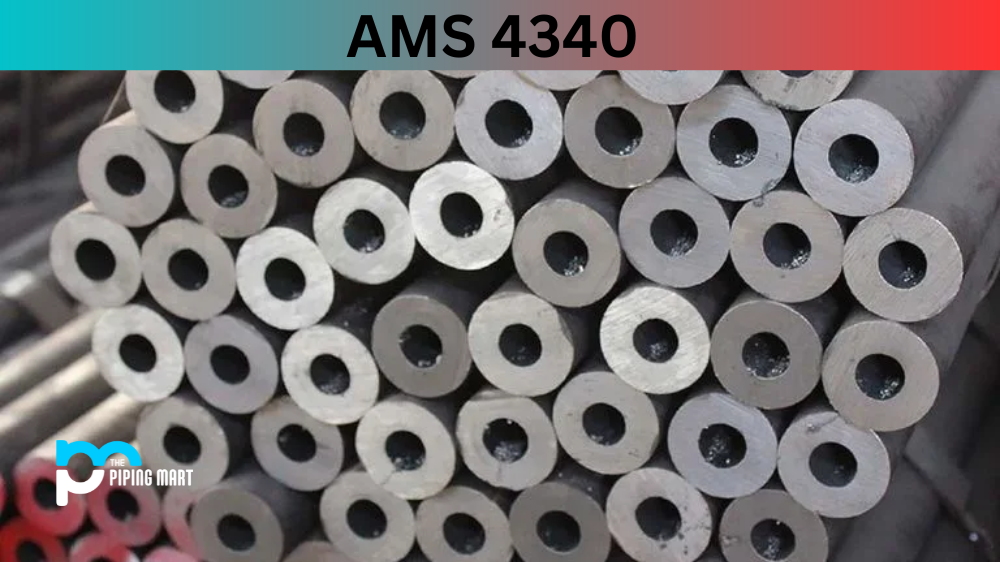Aluminium 2224 is an alloy of aluminium, copper, and magnesium. It has a low density, superior corrosion resistance, and excellent heat treatment properties. This guide will discuss the composition, chemical properties, mechanical properties, physical properties, uses, corrosion resistance, heat resistance, heat treatment methods, machining processes and welding techniques for Aluminium 2224.
2224 Aluminium Alloy Composition
Aluminium 2224 is composed of 4 major elements: aluminium (92%), copper (4%), magnesium (2%) and manganese (2%). The remainder of the alloy consists of iron and silicon in trace amounts. This composition helps to make Aluminium 2224 one of the strongest alloys available on the market today.
| Element | Content (%) |
|---|---|
| Aluminum, Al | 91.9 – 94.7 |
| Copper, Cu | 3.8 – 4.4 |
| Magnesium, Mg | 1.2 – 1.8 |
| Manganese, Mn | 0.30 – 0.90 |
| Zinc, Zn | ≤ 0.25 |
| Iron, Fe | ≤ 0.15 |
| Titanium, Ti | ≤ 0.15 |
| Silicon, Si | ≤ 0.12 |
| Chromium, Cr | ≤ 0.10 |
| Other (each) | ≤ 0.050 |
| Other (total) | ≤ 0.15 |
2224 Aluminium Alloy Chemical Properties
Aluminium 2224 has a low melting point due to its high magnesium content, increasing its strength and wear resistance. Due to its high copper content, it also has good electrical conductivity and great corrosion resistance in both acidic and alkaline environments. This makes it suitable for use in atmospheres exposed to moisture or other corrosive elements such as saltwater or chemicals.
2224 Aluminium Alloy Mechanical Properties
The mechanical properties of Aluminium 2224 vary depending on its temper. It can be cold-worked or hot-worked with excellent results when using the right technique. Its tensile strength ranges from 35 MPa to 140 MPa, while its yield strength ranges from 20 MPa to 70 MPa depending on the temper used during fabrication. Its hardness ranges from 75 HBW to 95 HBW, while its elongation ranges from 10% to 25%. Its shear strength is between 65MPa and 75 MPa, making it a very strong and durable alloy with superior strength compared to other common alloys like mild steel or stainless steel.
| Tensile Strength | Yield Strength | Elongation |
| 400~500 (Mpa) | 361~385 (Mpa) | 13~14.5(%) |
2224 Aluminium Alloy Physical Properties
Aluminium2224 has a 2.83 g/cm3 density, making it lightweight but still strong enough for use in many applications, such as aerospace components, where weight is often a factor in design considerations. Its thermal conductivity is between 80 W/mK – 90 W/mK making it suitable for use in applications that require efficient heat transfer, such as engines or exhaust systems. Its thermal expansion coefficient is 11 x 10-6 K-1.
| Properties | Metric | Imperial |
|---|---|---|
| Density | 2.77 g/cm³ | 0.100lb/in³ |
2224 Aluminium Alloy Equivalent
| Standard | Name |
|---|---|
| SAE | 2224 |
2224 Aluminium Alloy Uses
Aluminium 2224 is an alloy used in many industries due to its lightweight, strength and weldability. Aerospace engineers often use Aluminium 2224 components in their designs as it’s a perfect fit for various aircraft functions. Aluminium 2224 has been known to boost performance in the transportation sector when used in passenger vehicle frames and internal parts. It also works great as a replacement material for other less efficient metals such as steel. Aluminium 2224 provides corrosion protection in the chemical sector, facilitating applications such as tanks, vessels and chemical containers. Thanks to its flexibility and resistance to temperature extremes, it’s used frequently in electrical uses like boxes, panels and terminals. The uses for Aluminium 2224 are versatile and highly advantageous across multiple industries.
Corrosion Resistance
Aluminium 2224 is a popular material used in aeronautic engineering due to its high corrosion resistance. This alloy of aluminium, copper and manganese provides an effective barrier against potential attack by water and other elements that might affect the product’s integrity. Its combination with copper also strengthens the product’s internal structure, enhancing its durability even more. The alloy is frequently used for aircraft fuselage structures and components, as well as in the construction of bridges, due to its excellent corrosion resistance. It is, therefore, a highly sought-after material in many sectors where strength and longevity are critical factors in design.
Heat Treatment
Aluminium 2224 is a highly valued metal alloy due to its impressive tensile strength and corrosion resistance. However, to ensure its optimum properties are achieved, it must undergo heat treatment. Following the proper heat-treating process, aluminium 2224 can be strengthened further by increasing hardness – making it well-suited for components exposed to extreme environments or high pressure. Heat treatment of this alloy includes two stages of annealing and one stage of precipitation hardening, allowing for precision control over its mechanical properties. While heating and cooling are important steps in the process, the result is an aluminium alloy that provides superior functionality and longevity compared to other alloys.
Machining
Aluminium 2224 is an alloy known for its excellent machinability. Made of copper, manganese and magnesium, Aluminium 2224 makes the perfect material for crafting structurally sound yet lightweight components. It can also be heat-treated to fit even stronger structural requirements. This heat treatment adds further strength, durability, and reinforcing features to accompanying machined parts. Aluminium 2224 is widely used in aerospace engineering, automotive and defence systems due to its impressive strength and flexibility when operational stress is applied, making it a popular choice for anything from pistons to aircraft engine parts. Its machinability makes it ideal for all kinds of bespoke applications, with fine shapes and intricate cuts achievable with reference to choosing the correct tooling and angles.
Welding
Aluminium2224 welding is an important process for many industrial applications, providing high strength and secure welded joints. This specific aluminium alloy is commonly used in the construction industry thanks to its impressive combination of weldability, corrosion resistance, formability and machinability. Welders must take special care when joining this metal due to its susceptibility to cracking – the metal requires preheating and post-processing to reduce brittleness significantly. Taking all safety precautions into account and adhering strictly to aluminium welding processes is paramount for professional results par excellence.
Conclusion:
Aluminium2224 is an incredibly versatile alloy that can be used for everything from aerospace components to automotive parts thanks to its low density and excellent mechanical properties such as tensile strength, yield strength, hardness, shear strength, and elongation. It also offers superior corrosion resistance due to its high copper content, making it suitable for harsh environments containing moisture or other corrosive agents. Additionally, its thermal conductivity makes it ideal for applications requiring efficient heat transfer. With so many advantages, it’s no wonder why aluminium2224 has become one of the most popular alloys today!

Abhishek is a seasoned blogger and industry expert, sharing his insights and knowledge on various topics. With his research, Abhishek offers valuable insights and tips for professionals and enthusiasts. Follow him for expert advice on the latest trends and developments in the metal industry.




